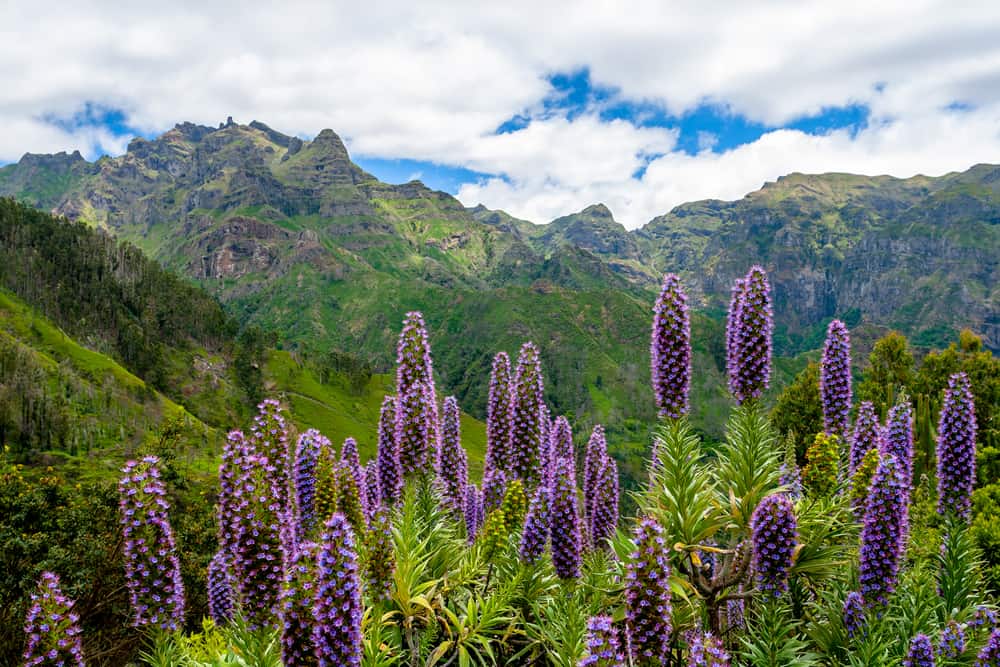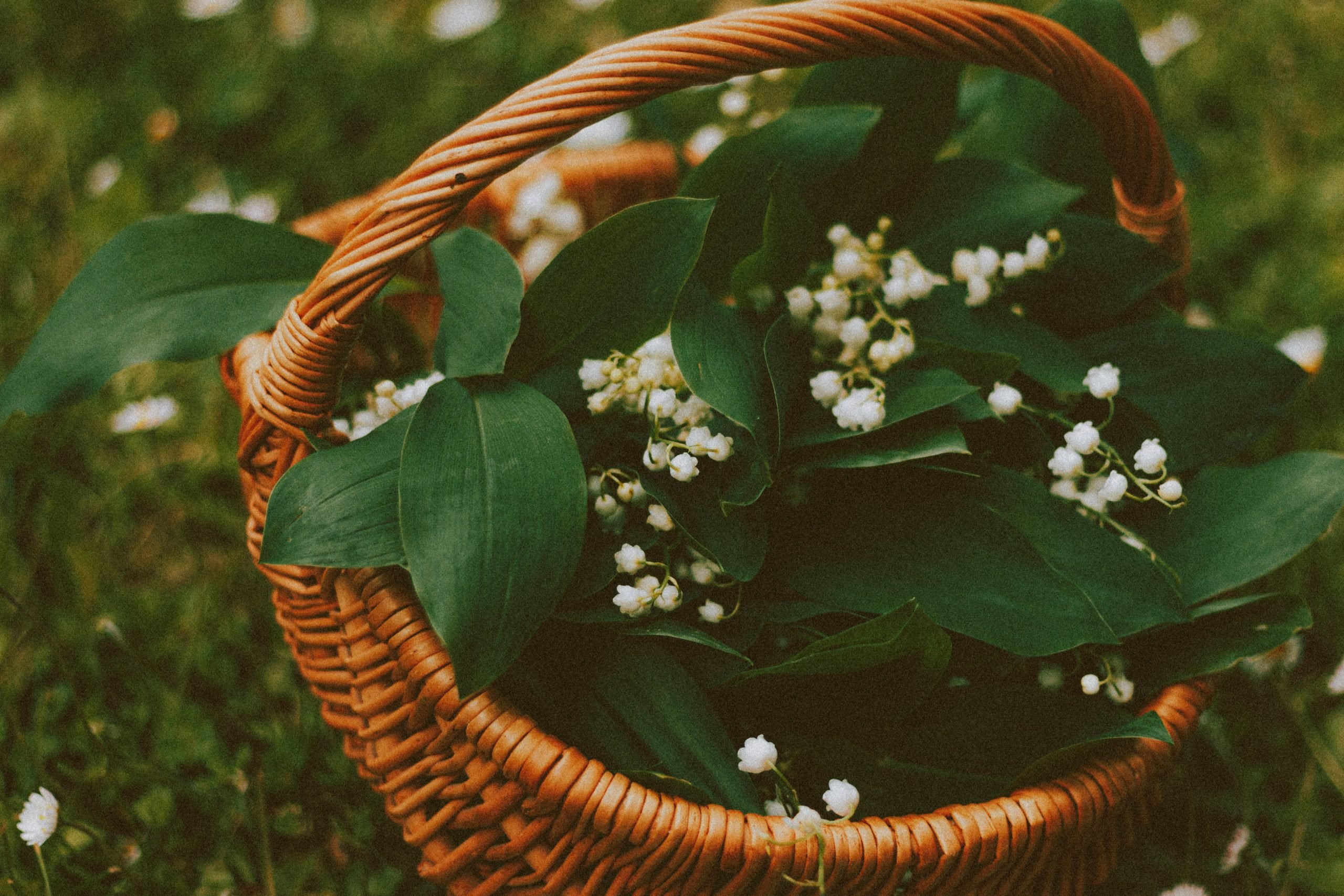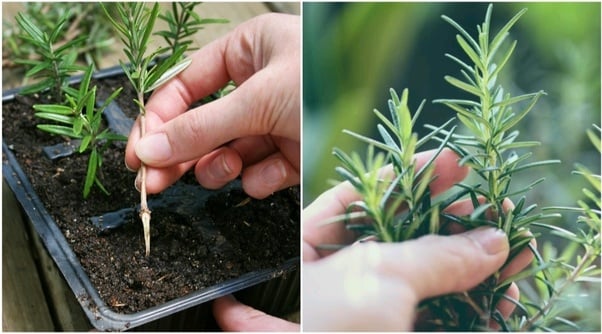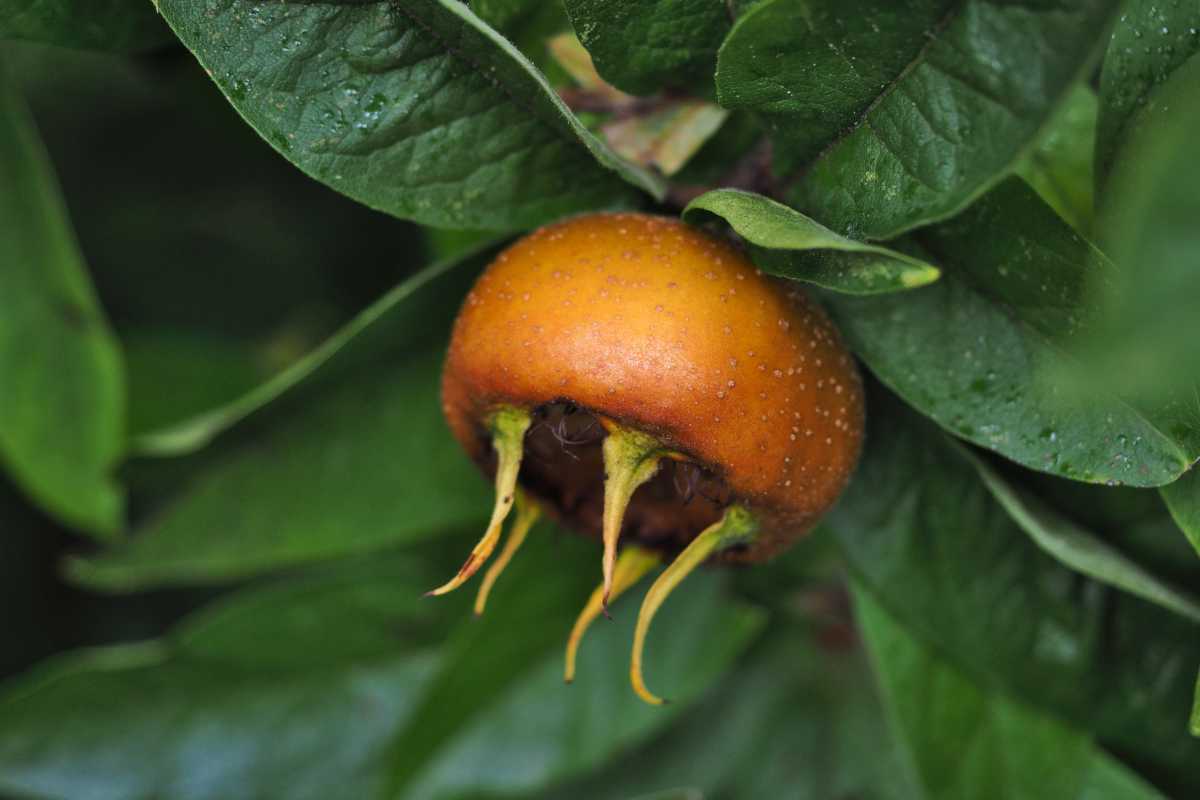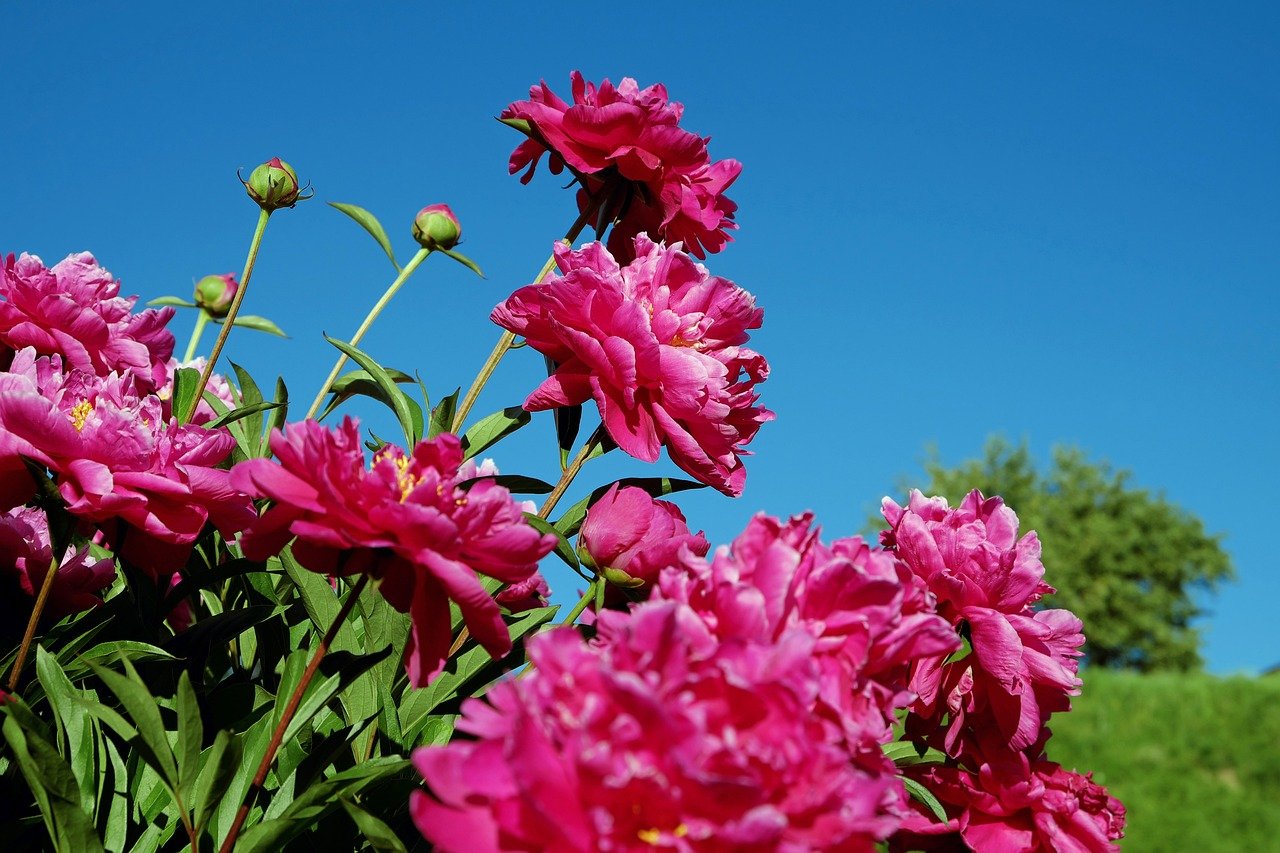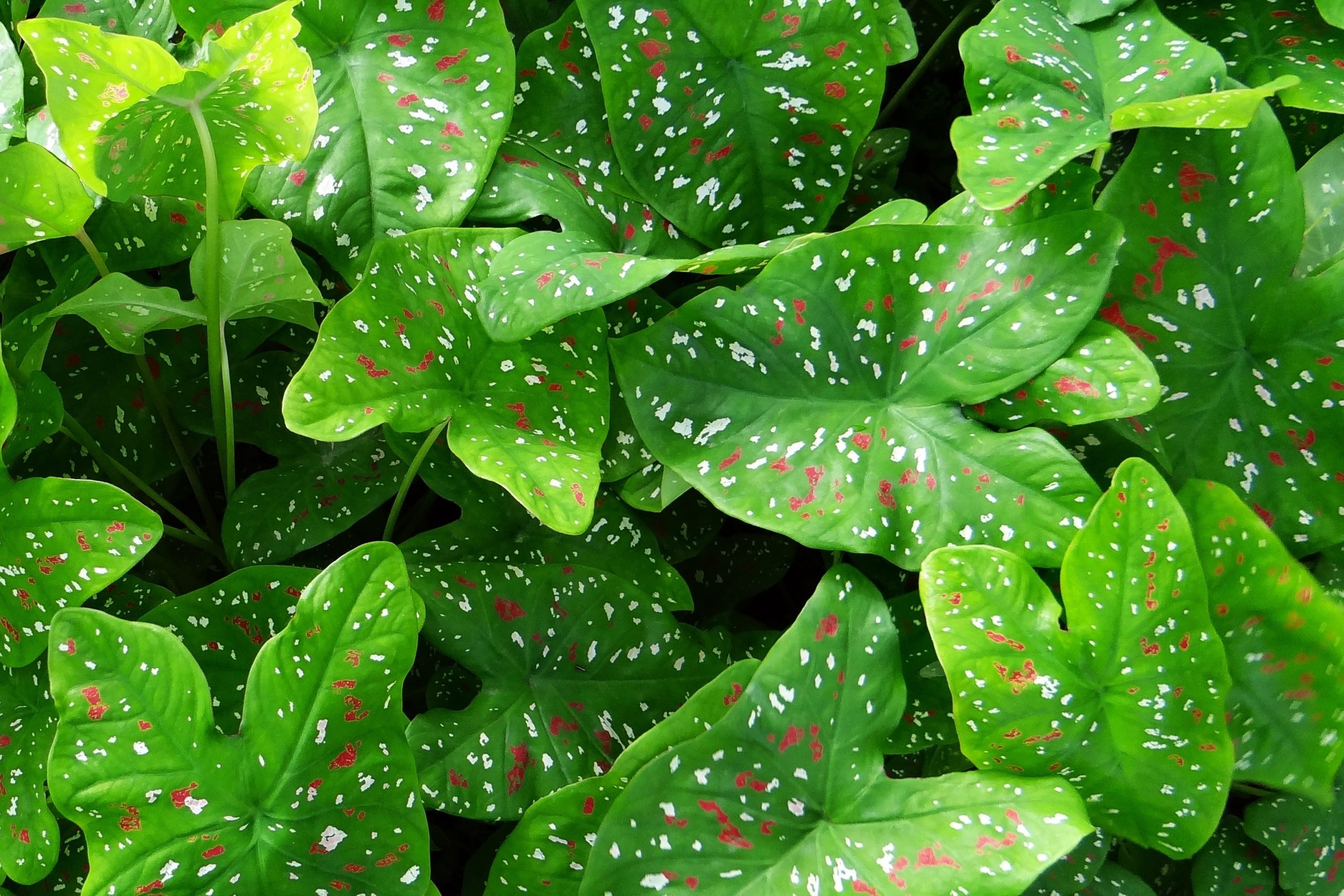How to Grow and Care for Cineraria Plants

Table of Contents
Cineraria plants, also known as Senecio cruentus, are native flowers to the Canary Islands that are widely cultivated because they are beautiful and have vibrating and cultivating blooms. Describing their looks, so basically, they are daisy-like flowers that are mainly available in shades of blue, purple, pink, and white, and cineraria that can add grace and beauty to any garden and indoor place.
Cineraria prefers to grow in cooler temperatures. Partially shaded areas and well-drained soil will help them to bloom beautifully. Regular watering, fertilization, and deadheading can enhance the growth of your cineraria plant. In this blog post, we will discuss the care, growing tips, common diseases, and pests of cineraria plants that will help them to grow beautifully and healthily.
How to Grow Cineraria More Effectively?
Cineraria plants prefer to grow in a place with cooler temperatures and need some specific conditions to grow, like location, temperature, soil, and sunlight. We will discuss all of them below:
1. Choose the Right Location
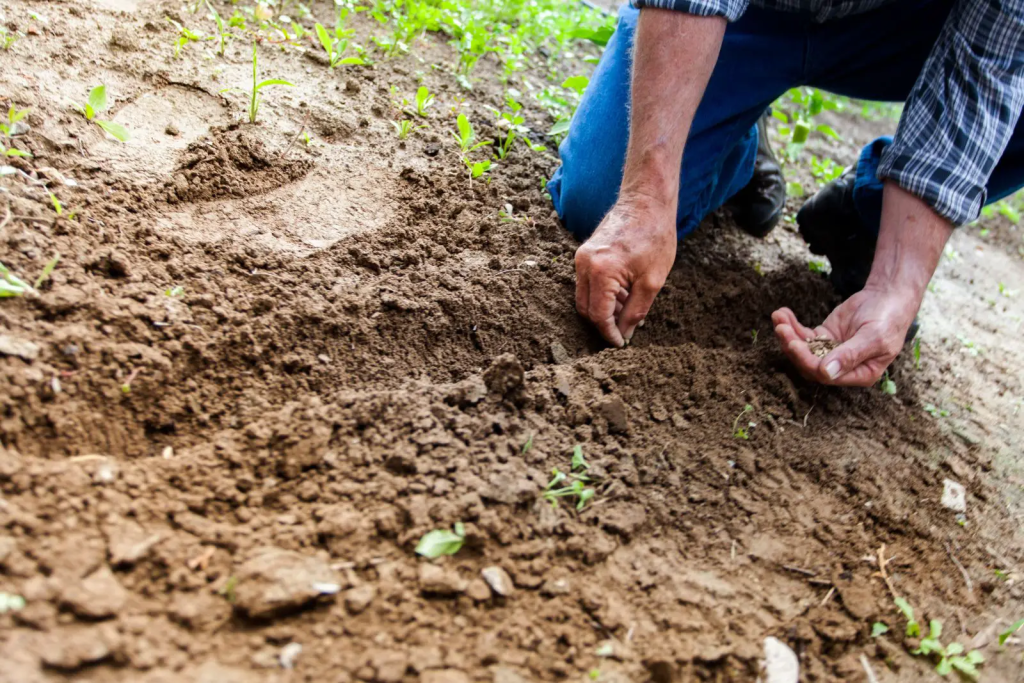
Cineraria mainly grows in cooler temperatures; they can be found in the hardiness zone of the US. But if the conditions like soil, temperature, and water conditions are given, then they can be seen throughout the year.
2. Temperature

Temperature is very important for cineraria to grow; during the day, they must be kept under temperature between 55 degrees F to 65 degrees F. If it reaches above 80 degrees Fahrenheit, then it will stop blooming. While during the night, the temperature must be below 35 degrees F, or else they will die in no time. Cineraria will bloom extensively when kept under the given temperature conditions.
3. Humidity
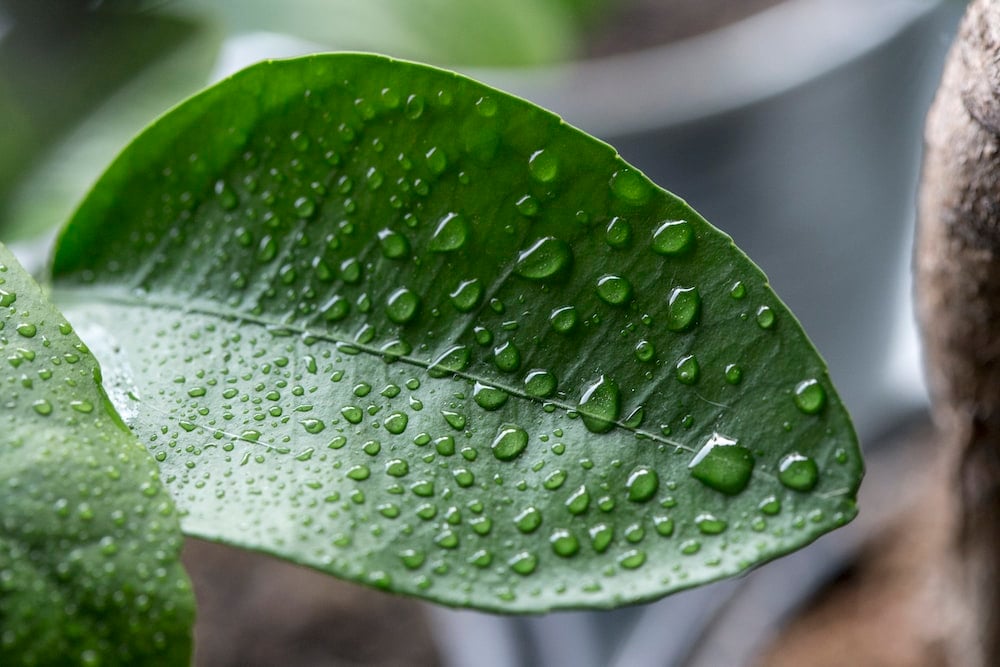
Cineraria grows extensively when there is high humidity. But as we all know, controlling the outdoor humidity is not in our hands. So, what we can do is keep the soil moist. But if you have kept cineraria inside your house, you need extra measures to maintain the humidity. What you can do is spray water on the base of the plants once in a while.
Remember not to overdo it, as it can cause fungal infection.
4. Preparing Soil

As most flowering plants demand, cineraria plants also require a properly balanced soil environment, like fertile and well-drained soil. The pH range of soil which is used to plant cineraria must be from 6.0 to 7.0. If the soil turns out to be alkaline, then the addition of sulfur can save your day. All the growth of cineraria depends mostly on the soil environment. So, make sure to be very careful at this point.
If you want to make your soil rich, then the best thing is the addition of organic matter like compost. This kind of soil works best for these plants as it drains well and also retains a significant amount of moisture. As the roots of the plants hold the moisture, they tend to thrive much better.
Cineraria plants are a plant where the quality of soil matters the most because the better the quality, the more beautiful cineraria flowers. The soil part is also important because it will determine if the water requirements are getting fulfilled or not. Heavy soil is poor in draining, which adds excessive moisture to the root, causing root rot.
Also, Gitty soil will not let the roots soak up the water because it will drain fast. Most of the plants need relatively acidic soil, as they can thrive well in well-drained and fertile soil.
5. Sunlight

If you are planning to keep cineraria plants outside, then remember to keep them in a place where it gets either partial or complete shade. As usual, flowering plants do not need shade, but it is the opposite when it comes to cineraria plants; they require plenty of shade. You keep the plant in a darker place in the garden as it will brighten the place with its vibrant colors and blooms.
If you want, you can keep them in the morning sunlight as the sun’s rays are not so intense, but during the afternoon, you can bring them back to partially or completely shaded areas.
If you are keeping this plant as your house plant, make sure it receives bright light indirectly. As it is an ideal position, cineraria plants do not require a massive amount of light to thrive in your room. However, it will struggle to survive in shades if you keep it as a houseplant. That’s why keeping this plant outdoors is a better option rather than keeping it indoors.
Caring Tips for Cineraria
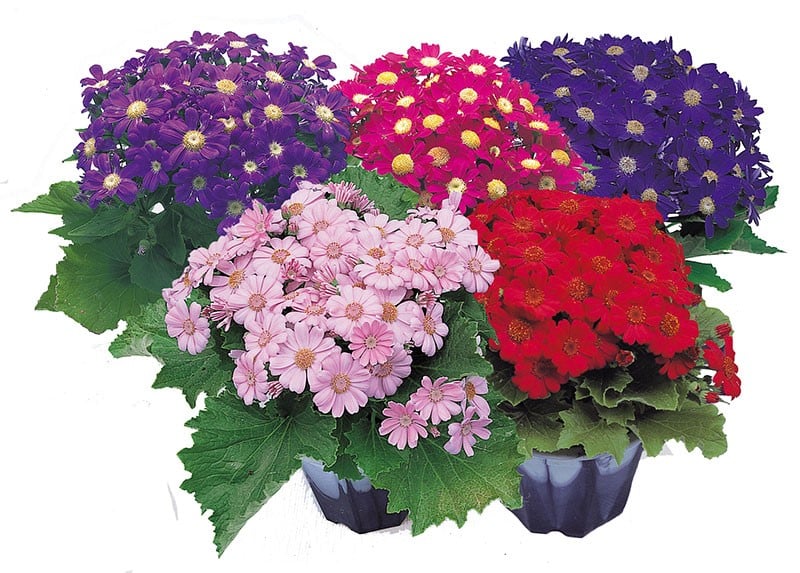
Above, we have discussed how to grow Cineraria Plants effectively, and in this session, we will discuss how to care for cineraria after planting them. Like other plants, cineraria also needs care and attention. And below are some points on how it is done.
- Before you sow seeds, make sure to start indoors. Keep cineraria plants indoors for 6-8 weeks before the last frost date. And once you see developed seedlings with few sets of true leaves are seen. After that, transfer them into the particular pot. While planting seedlings, leave a space of 6-8 inches so that the plants can get proper air circulation.
- Every plant on this planet needs a lot of water to grow, and cineraria is no different. Water your cineraria plants regularly, but before watering, remember that they can’t handle excessive water and drought. So, pay attention to the amount of water you are pouring. If you ever see the top part of the soil dry, then water the plant deeply. Stay away from overhead watering as it leads to fungal diseases. Always water the base of the plant.
- The addition of fertilizers to the soil can also be very helpful for the plants to grow; always remember to use water-soluble fertile soil and change it every 14 days during the growing season.
- Another process in which we can take care of cineraria is deadheading and pruning. If you don’t know about deadheading, then let me tell you that it is a process to enhance the growth and health of plants.
- Due to its beauty and fragrance, cineraria attract many pests and diseases like whiteflies, aphids, and powdery mildew. To keep them away from all these pests and diseases, watch your plants regularly. Take immediate action when any sign of the disease is shown. Neem oil or insecticidal soap can be used against pests, whereas a spray for fungus can be used for fungal infection.
- In frosty areas, cineraria plants are grown as annuals, but if you want to overwinter them and keep them for another season, then you have many options. You can put them indoors with all the protection they need, and make sure to place them in a room of bright indirect light also during the dormant period to reduce watering and fertilization.
Conclusion
Cineraria plants are beautiful flower plants that can turn any garden or indoor space beautiful because of their beautiful and vibrant colors. If you follow the above guidelines given, then you will get a beautiful flower plant as a reward.
Remember to use the right location for the plant, provide a proper soil environment, and last but not least, do not forget to water the plant regularly. Regular fertilization, deadheading, and pruning will not only encourage the blooms but also will keep the plant in the right shape. Take care of them like you take care of yours.
Regularly check the plant and stay alert for pests and diseases; if you find something, then take action immediately. Remember that plants also require care and attention like babies; if you give them that, then you will get beautiful cineraria plants as a reward. Take care of the surroundings, and do not forget to enjoy the process of cultivating these beauties. Happy gardening!
If you have your own cineraria garden or grew cineraria, share your experience with us in the comment section.
Frequently Asked Questions
How Do You Take Care of Cineraria Plants?
We can take care of cineraria plants by providing them with a certain temperature, sunlight, proper and fertile soil, daily watering, and winter care. With all this care, we can take care of cineraria plants.
What Problems Do Cineraria Have?
These plants are really beautiful but demand a lot of care as adding too much water may induce the root or may lead to crown rot. The addition of less water prevents the blooming of flowers that are the highlight of the plants. They also are not temperature friendly as they prefer cool temperatures, and often succumb when the environment is warm.
How Long Do Cineraria Take to Grow?
If you start planting from seeds, then the average time till growth will be 10-12 weeks. But, if you buy it from a nursery, then it will take around 8-10 weeks to grow cineraria plants.
What Fertilizer Can Be Used for Cineraria?
With the onset of buds, you can start giving them a liquid rich in potassium and phosphorus once every 14 days. Banana peel fertilizer, waste decomposer, or Jeev Amrut once every 14 days.

